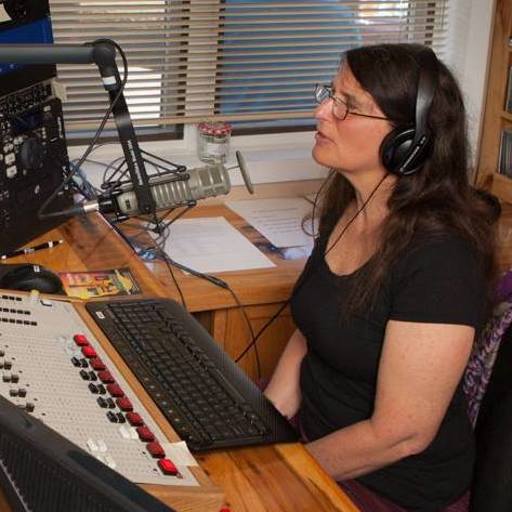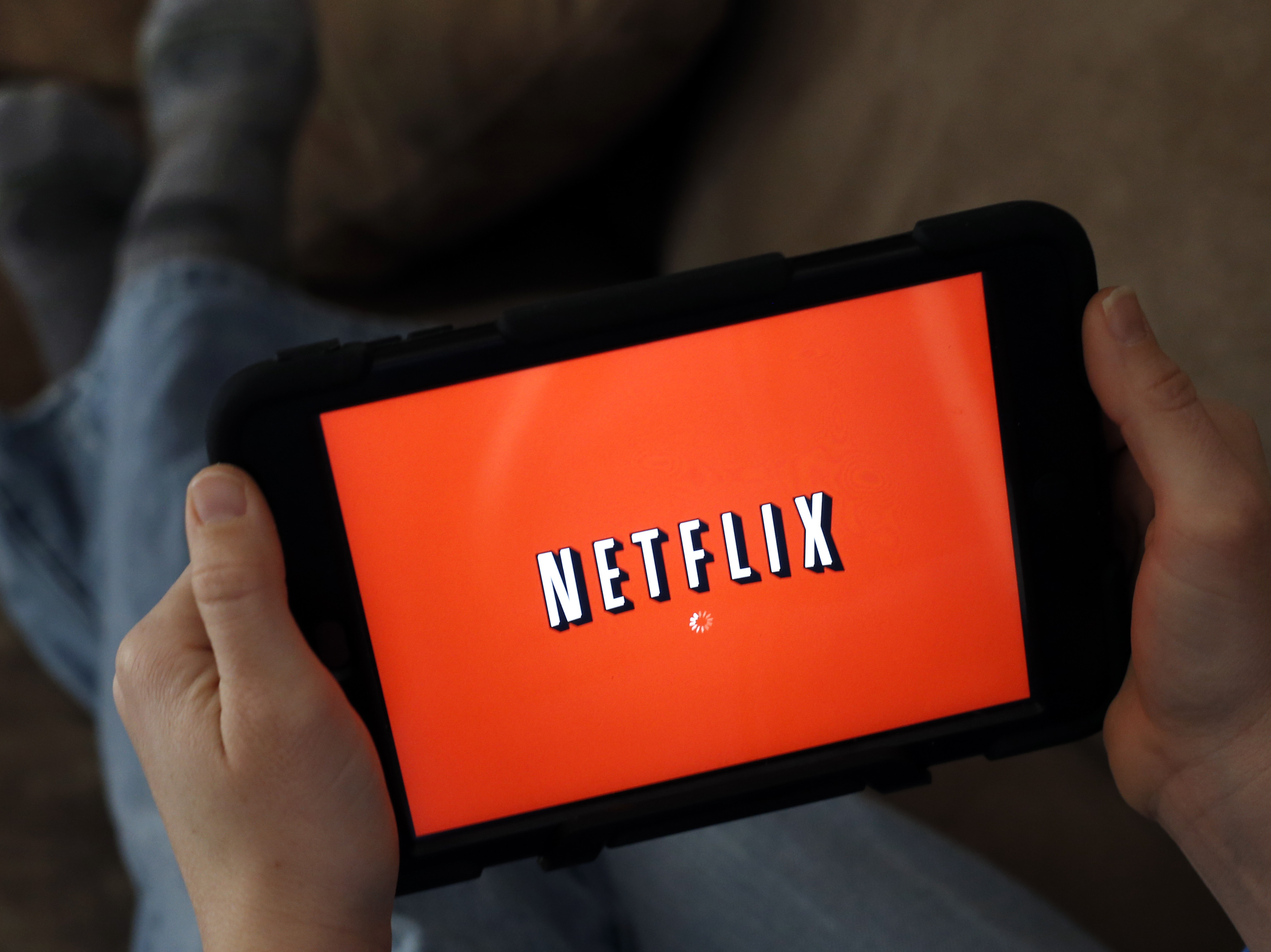If you peer into Americans' grocery carts, you're unlikely to see a mix of foods and beverages that make for an ideal diet. And this is true for many of the nearly 42 million people who receive food stamps, too.
According to a 2016 report from the U.S. Department of Agriculture, sweetened beverages, including soda, are among the most commonly purchased items by recipients of the Supplemental Nutrition Assistance Program — or SNAP.
SNAP households spend about 10 percent of food dollars on sugary drinks, which is about three times more than the amount they spend on milk. In New York City alone, as we've reported, this translates into more than $75 million in sugary drink purchases each year that are subsidized by U.S. taxpayers.
Given our biological attraction to sugar, perhaps it's not a surprise. Our collective sweet tooth — which was shaped by evolutionary forces — extends far beyond SNAP households. In general, non-SNAP households spend almost as much on sweetened drinks — about 7 percent of food purchases, according to the USDA report.
The health stakes are high
However, since taxpayers foot the roughly $70 billion bill for SNAP each year, critics question whether it makes sense to support the purchase of sugary drinks, which have been shown to play a significant role in weight gain and the onset of Type 2 diabetes.
"Low-income American adults now consume nearly two [sugar-sweetened beverage] servings a day, and for every one to two daily servings consumed, the lifetime risk of developing diabetes increases by 30 percent," according to a paper published this year by Harvard adjunct public policy professor Robert Paarlberg and collaborators in the journal Society.
The paper explains why the challenge of changing the SNAP program is so daunting.
When the food stamp program was initiated back in the 1960s, some Americans did not get enough calories. Now, "partly thanks to SNAP, calorie and micro-nutrient deficiencies are a far less serious problem," Paarlberg and his co-authors write. "But the obesity rate has soared, reaching 39.8 percent in 2015-16."
So how might lawmakers change the SNAP program to nudge people toward healthier choices? As Congress debates a new farm bill containing billions in SNAP funding, there's an increasing appetite to overhaul the program while at the same time preserving the benefits it provides in keeping low-income Americans fed.
One idea comes from researchers at the Friedman School of Nutrition Science and Policy at Tufts University and the Harvard T.H. Chan School of Public Health. In a paper published this month in PLOS Medicine, they've modeled the potential health effects and cost-effectiveness of a few approaches.
One would incentivize the purchase of healthy foods, by offering a 30 percent subsidy for people to buy such things as fruits and vegetables, nuts, whole grains and fish. "People could still buy less healthy foods, but they'd get 30 percent less for their dollars," explains Dariush Mozaffarian, dean of the Friedman School.
The researchers estimate that over the course of a few decades, this approach could lead to billions of dollars in health care savings and help prevent hundreds of thousands of cardiovascular events, such as heart attacks.
This approach may also help counter critics who argue that SNAP recipients should have the freedom to make their own dietary choices. "We would preserve choice, but nudge people towards healthier eating," Mozaffarian says.
But not everyone is convinced. "It really wouldn't work," says Robert Rector, a research fellow at the conservative Heritage Foundation. He points out that SNAP recipients use both SNAP benefits and their own money to purchase foods and beverages. "People would just use their own money for those [unhealthy] foods," he says. Despite his skepticism, Rector says he would support a simpler approach: preventing the use of SNAP benefits to purchase sugary drinks and junk food items. "This would be much easier to implement," Rector says.
Time is tight for Congress to act, and elections are looming. It's likely too late in the game to change the SNAP program during this go-round of farm bill negotiations. The bill is reauthorized every five years, and currently there is a bipartisan fight over other controversial provisions, such as work requirements for SNAP recipients. For now, the focus is not on improving diet quality. But Congress could support pilots or research into the effectiveness of change proposals.
Credit incentives can work
One pilot, carried out in Massachusetts several years ago, offers some evidence that financial incentives for healthy food purchases can shift habits. Here's how the pilot worked: SNAP recipients received a 30 cent incentive for every SNAP dollar they spent on fruits and vegetables. This included canned and frozen products, which can be just as healthy as fresh. The incentive was credited back to their account, so they had more money to spend on other foods. About 7,500 households participated in the pilot.
What happened? Participants in the pilot consumed about 26 percent more fruits and vegetables. And they reported higher consumption of dark leafy greens, as well as nutrition-packed orange and red vegetables such as carrots and tomatoes. About two-thirds of the participants reported buying larger amounts and a greater variety of fruits and vegetables. Nearly three-fourths said they felt that vegetables and fruits had become more affordable, thanks to the incentives.
There are some other real-world examples of how financial incentives can help shift grocery purchases among the population at large — not just SNAP recipients. For instance, a study published in the American Journal of Preventive Medicine in 2013 found that rebates on healthy food purchases can prompt significant changes in consumer behavior. Researchers found that a 25 percent rebate led to about a 9 percent increase in spending on healthy food.
There's growing evidence that obesity and poor nutrition are the epidemics of our day. An estimated 1 out of every 2 deaths from heart disease in the U.S. is linked to how we eat.
In a recent opinion piece, former USDA secretaries who served in the Clinton, Bush and Obama administrations respectively call for more focus on nutrition in the SNAP program.
"There has never been a more important time to refocus the farm bill on nutrition. Diet-related disease is the leading cause of death in the United States, surpassing tobacco, drug, and alcohol usage. More than 1,000 deaths every day are due to poor diets," Dan Glickman, Ann Veneman and Tom Vilsack wrote.
The Cabinet secretaries argue that Congress should authorize another pilot program. "Once we have a more robust understanding of which interventions are most successful at encouraging Americans to make the healthiest choices, we can ensure that both SNAP and non-SNAP recipients have diets that lead to health and longevity," they wrote.
The politics challenging change
There are roadblocks to change, as spelled out by Paarlberg and his collaborators in the Society paper earlier this year. "Among many reasons, one surprising answer is the joining of pro-poor liberal conviction and corporate lobby power, supported by institutional inertia," they wrote.
In other words, some anti-hunger groups have joined with industry groups, including the beverage industry, to fight back proposals to limit or block the purchase of unhealthy foods with SNAP dollars.
This happened back in 2012, when a Florida state senator sponsored a bill to restrict the use of food stamps to buy soda and junk food in her state. "Should we give hungry kids food? Absolutely," Ronda Storms, then a state senator, told me back in 2012. (She no longer serves in the state Senate.) "But I don't think the goal is to provide Oreos and Mountain Dew," she said, calling such purchases a misuse of public-assistance dollars.
At the time, anti-hunger groups said the proposal would limit choice for low-income Americans, who sometimes face stigma by participating in SNAP. Anti-hunger proponents also argued that it would be hard for grocers to separate out what's covered by SNAP, if new rules were put forth. The bill never passed, but even if it had, the state of Florida would have needed a waiver from the USDA to make the changes. This may not have been granted readily.
In 2010, the USDA denied a request by New York City to place limits on purchases with food stamp dollars.
It seems these obstacles are still in play.
9(MDEyMDcxNjYwMDEzNzc2MTQzNDNiY2I3ZA004))








